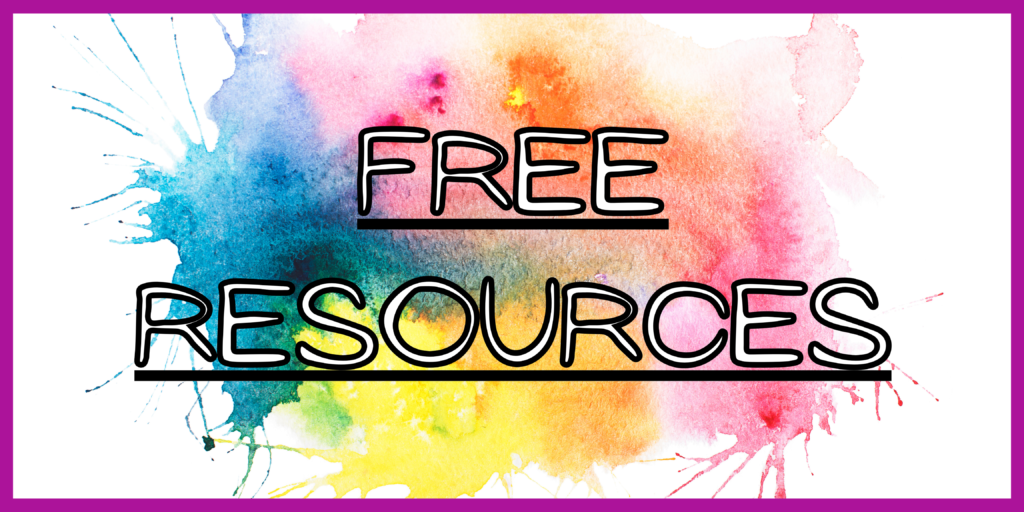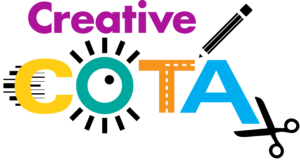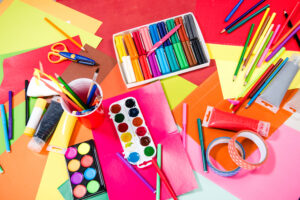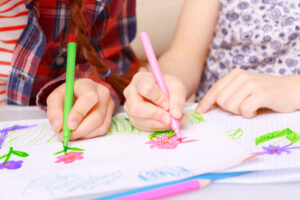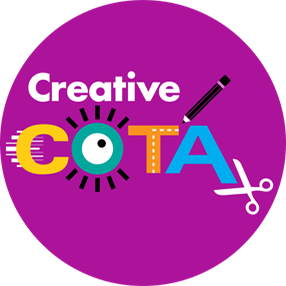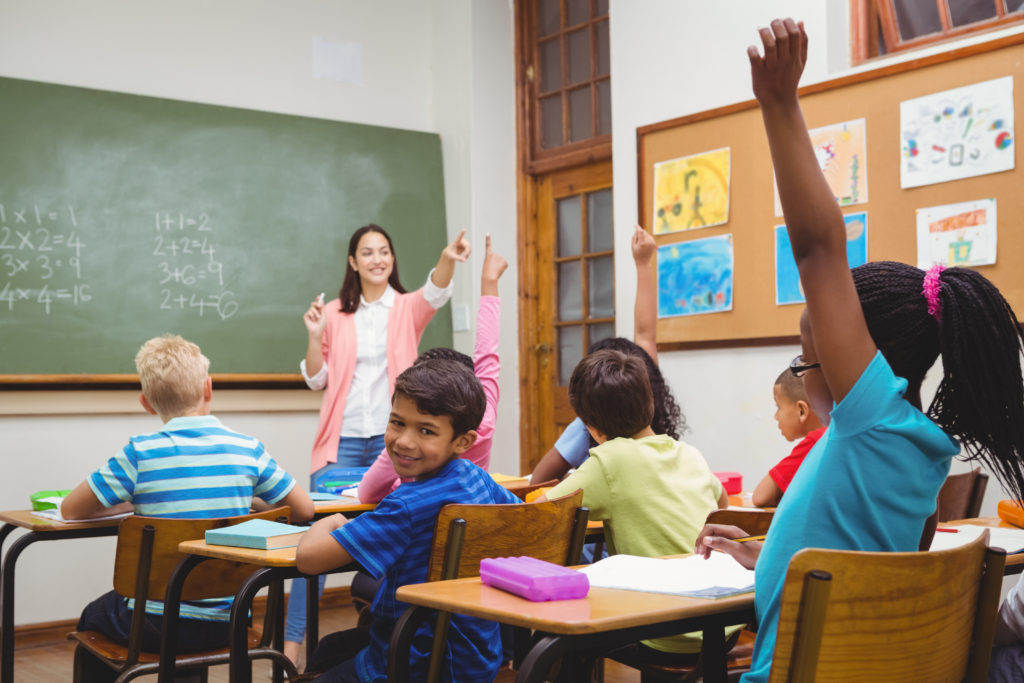
Nurturing Social-Emotional Learning: Strategies for Occupational Therapists and Teachers
Do you find your students grappling with emotions, struggling to choose coping strategies, and exhibiting behaviors like being off-task, disruptive, distracted, or impulsive? As occupational therapists and teachers, the challenges of managing these behaviors are all too familiar. In this blog post, we delve into practical strategies designed to enhance social-emotional learning (SEL), self-regulation, and executive function skills. Discover effective ways to recognize emotions, teach management strategies, and the importance of co-regulation.
Building Social-Emotional Intelligence: Understanding that all behaviors have a reason is the first step toward creating an environment where students thrive. In our quest to support students, it becomes essential to help them improve their social-emotional intelligence. SEL activities are not just about classroom management; they are about equipping students with skills that extend throughout their lives.
Creating a Positive Classroom Culture: Social-emotional learning begins with the adults in the room. Be calm to spread calm. Picture your happy place and consider the simple yet effective strategies you use to regulate your emotions. Whether it’s taking deep breaths, going for a walk, enjoying a cup of tea, or finding solace in a rocking chair, these methods contribute to emotional well-being. Educators need to manage stress levels to provide a conducive environment for students to learn and grow.
The Power of Co-Regulation: While everyone is emphasizing the importance of the social-emotional well-being of students, the journey truly starts with co-regulation. As caregivers, we must regulate our own emotions effectively to assist others in managing theirs. This foundational principle guides educators in creating a positive and stress-free atmosphere where both students and teachers can thrive.
Co-regulation refers to the interactive and reciprocal process by which individuals regulate their emotional and behavioral responses in relation to others. In the context of education and social-emotional learning, co-regulation commonly refers to the dynamic interaction between educators or caregivers and students. It involves providing external support and guidance to help individuals, especially children, regulate their emotions, behavior, and stress levels.
Key aspects of co-regulation include:
- Guidance and Support: Adults, such as teachers or caregivers, offer support and guidance to help individuals, particularly children, navigate and manage their emotions. This involves modeling appropriate emotional responses and providing tools or strategies for emotional regulation.
- Creating a Positive Environment: Co-regulation is facilitated by creating a positive and supportive environment where individuals feel safe expressing their emotions. A nurturing and empathetic atmosphere contributes to effective co-regulation.
- Teaching Coping Strategies: Co-regulation involves teaching individuals, especially children, various coping strategies to deal with challenging emotions or situations. This may include breathing exercises, mindfulness techniques, or other tools for emotional self-regulation.
- Reciprocal Interaction: It’s a two-way process where both the caregiver or educator and the individual actively contribute to the regulation of emotions. The caregiver provides support, and the individual learns to regulate their emotions with guidance.
- Promoting Emotional Well-being: The goal of co-regulation is to promote emotional well-being by helping individuals navigate and manage their emotional experiences. This is particularly important in educational settings to create a conducive environment for learning.
Co-regulation recognizes the importance of social connections and supportive relationships in promoting emotional regulation and well-being. It acknowledges that individuals, especially children, may need external support to develop effective emotional self-regulation skills.
In the dynamic realm of education, social-emotional learning is not a one-size-fits-all solution but a collective effort. Occupational therapists and teachers play a crucial role in fostering an environment where emotions are recognized, coping strategies are taught.. By prioritizing SEL, educators contribute not only to classroom management but also to the long-term development of skills that students can carry into various aspects of their lives.
Social-emotional learning in the classroom starts with you!
You must be calm to spread calm.
Where is your happy place? Mine is on the coast of Rhode Island. Picture it in your mind and revisit it any time you need to find a few moments of peace. You and your students need to find ways to increase your emotional bandwidth. Increase the window of tolerance that gives you more room to manage your emotions and stress.
Use these self-regulation activities to help recognize emotions & teach different strategies for classroom management. Co-regulate & find ways to calm down, focus on learning, provide a stress break, & lower anxiety. Help kids build skills they can use throughout their lives.
Here is a free resource to help you and your students manage emotions and learn strategies for self-regulation. The full version has a great visual activity for students using a soda can. It will help them think about what may happen if they do not find strategies to handle their triggers. Finding ways to decrease stress before you explode is a valuable life skill.
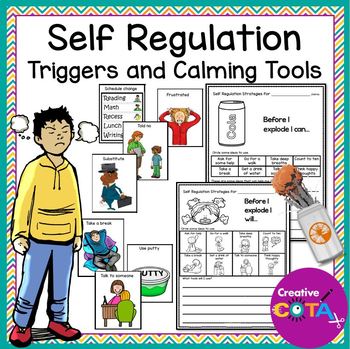
Check out just a few of the things others are saying about this social-emotional learning resource.
Extremely satisfied: “This worked well with my 5th and 6th graders. Not as elementary as some materials so it was deemed cool. They all expected the pop to explode so this really hit the mark.” Kimberly W.
Extremely satisfied: “This resource was great! The soda can activity allowed my student to have a meaningful experience and understand how emotions works and the importance of self-regulation strategies.” Andrea R.
Extremely satisfied: “The students really understood the soda analogy. It allowed the to create a visual of when we are becoming dysregulated and ways to calm our bodies during that time. Thank you for this creative resource.” Jennifer R.
Check out my free resource library for a few self-regulation activities.

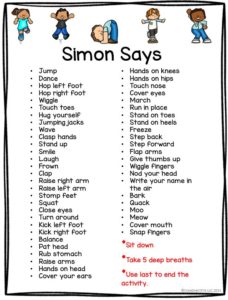

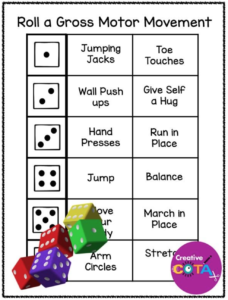

My mission is to help you find creative ideas to incorporate fine motor, visual perception, gross motor, and social-emotional learning into your lessons. Hopefully, these help your students work on building their skills in a fun and engaging way. Thanks for your interest in my resources and ideas.
Cindy@CreativeCOTA LLC
You will receive emails when I post a new resource. All new resources are 50% off for at least the first 48 hours after I upload them.
About the Author
I am a Certified Occupational Therapy Assistant (COTA) and have been working in a public school system for more than 25 years. My resources can be found on TPT, BOOM Learning, Made by Teachers, Classful, and Your Therapy Source. I appreciate your interest wherever you wish to shop.
My mission is to help you find creative ideas to incorporate fine motor, visual perception, gross motor, and social-emotional learning into your lessons.
I hope you consider signing up for my Free Resource Library with your Email. I send out emails about once a week and share resources, tips, and planning ideas for your classroom or occupational therapy needs. Hopefully, these help your students work on building their skills in a fun and engaging way.
